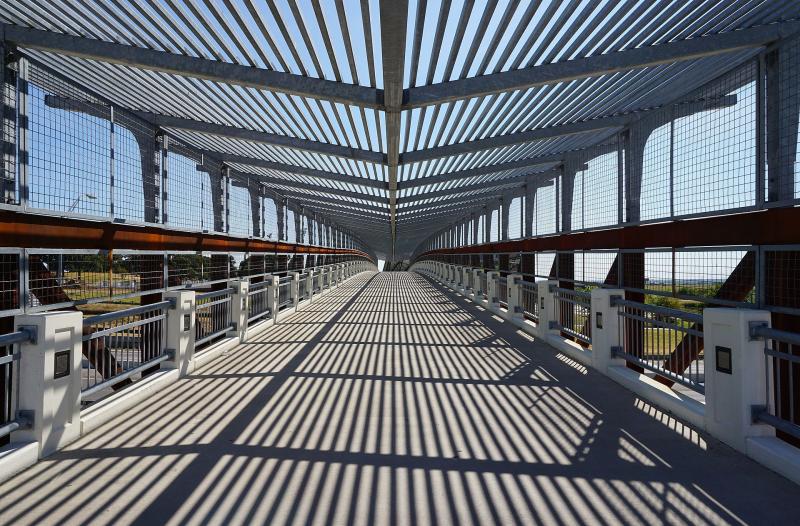
As in other states, tax collections in Texas have taken a hit due to Covid-19 and subsequent shutdowns. Texas lawmakers will be faced with the challenge of reprioritizing state spending when they convene their biennial session in January. To assist Lone Star State lawmakers in this effort, the Texas Public Policy Foundation (TPPF) has published a conservative budget plan that would limit spending growth to the rate of population plus inflation, setting a max threshold for appropriations in the next budget at $246.8 billion.
TPPF is also urging Texas lawmakers to provide property tax relief in the coming year, a goal the Americans for Tax Reform supports. Texas is one of nine no-income-tax states, yet high property tax burdens are a problem. 2021 is a great time for Texas legislators to fix that. TPPF economist Vance Ginn highlighted the excessive property tax burdens facing Texans in testimony presented to the Texas House Ways & Means Committee in September:
“Texas looks to have at least the 7th highest local property tax burden in the nation,” Ginn told lawmakers. “This is according to an effective property tax rate of 1.81% per WalletHub.com or the share of property taxes paid to owner-occupied housing value of 1.69% per the Tax Foundation. While some claim this high burden is because Texas does not have a personal income tax, the two sources above show other states with no income tax tend to have a more competitive property tax burden. Texas’s high burden is from excessive spending.”
Even though Texas has a relatively competitive state tax code (minus the state’s margins tax), local municipalities throughout Texas notoriously squeeze residents through high property taxes. The coming legislative session presents an opportunity for Governor Greg Abbott and Texas legislators to consider restructuring that relationship in order to ease property tax burdens.
TPPF’s Ginn proposes swapping the state’s patchwork of local property taxes for a uniform sales tax to fund schools.
“For the sales tax swap, we recommend replacing school M&O property taxes with final sales taxes by mostly broadening the sales tax base,” said Ginn. “In 2017, the last year for which data is available from the Texas Comptroller’s website, Texas provided an estimated $42 billion in exemptions, exclusions, and discounts to the final sales tax base, requiring a higher tax rate and higher burden on those taxed.”
The new year will be full of challenges for state lawmakers in Texas and elsewhere. But the new legislative session also presents many opportunities. In addition to balancing the budget without raising taxes in 2021, tax reform that reduces onerous property tax burdens should be a high priority for Texas legislators, as should phasing out the state margins tax.

